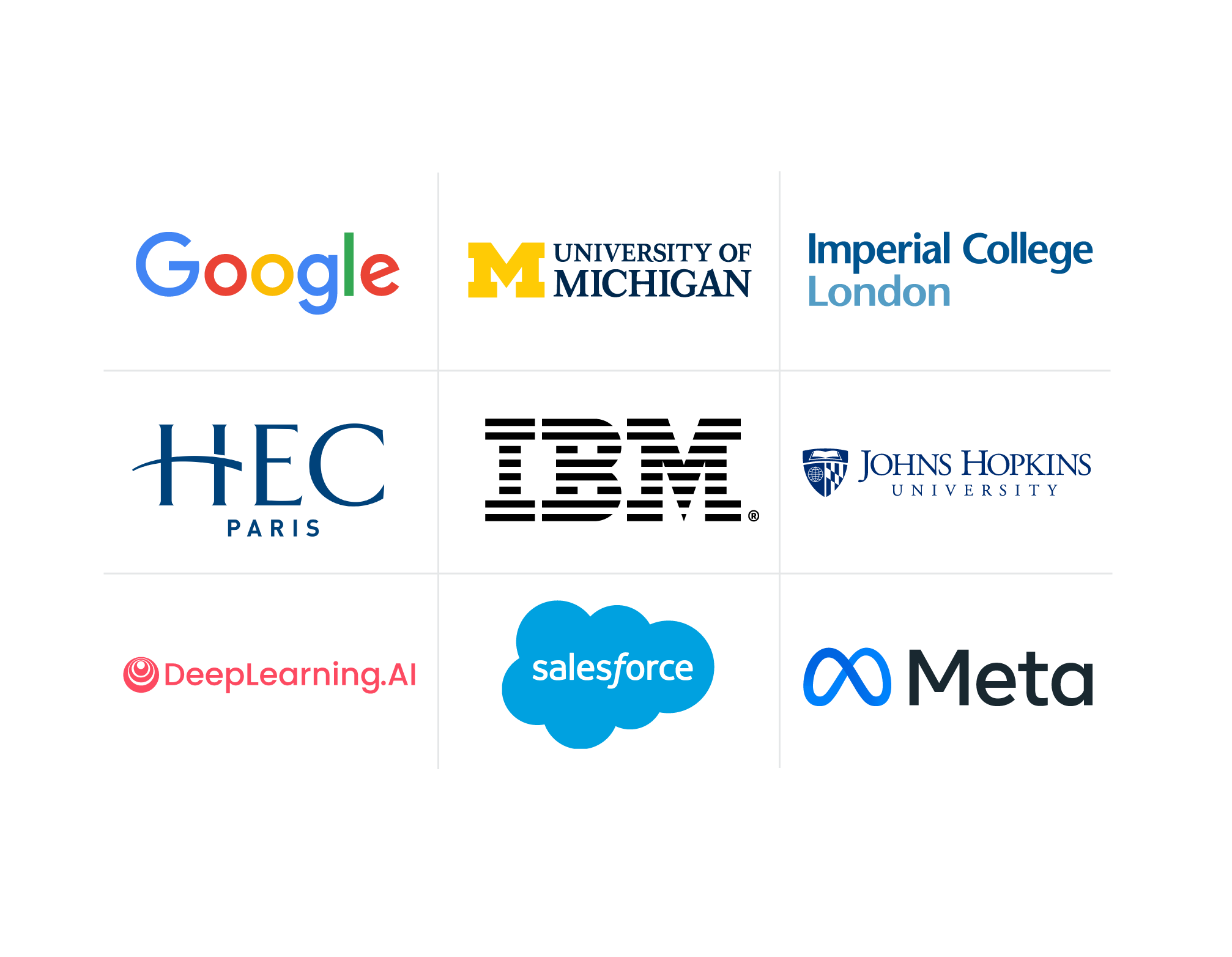Enhancing Corporate Success through Workforce Analysis
Organizations use workforce analysis to establish hiring needs and engineer workforce planning to fit organizational goals. Learn more about the components and benefits of workforce analysis, as well as how to conduct one.
![[Featured Image] A team of coworkers sits at a conference table to discuss a workforce analysis plan.](https://d3njjcbhbojbot.cloudfront.net/api/utilities/v1/imageproxy/https://images.ctfassets.net/2pudprfttvy6/72HzGp5ZbsRoQIVIbX5epy/98304fb07f69389cea322be3432abc57/iStock-641970902.jpg?w=1500&h=680&q=60&fit=fill&f=faces&fm=jpg&fl=progressive&auto=format%2Ccompress&dpr=1&w=1000)
Modern technology empowers organizations to learn more about their employees. Workforce analysis provides organizations greater insight into achieving operational goals through workforce planning, including hiring decisions, retention, and talent management.
Workforce analysis can help an organization develop stronger hiring practices that fit organizational needs and company culture, and it is growing in popularity. According to a survey cited in a 2022 report from technology consulting firm SkyQuest, 58 percent of companies said they were using workforce analysis to guide workforce planning decisions, up from 36 percent in 2016 [1].
If you are the head of an organization, you can use workforce analysis to maximize employee satisfaction, reduce turnover, and position your organization to hire skilled people who fit the desired organizational goals. You can obtain the clarity and data-driven insight needed to improve how your organization manages its employees.
Understanding workforce analysis
The goal of workforce analysis is to ascertain how employees implement strategies and create value for organizations. In analyzing their workforces, organizations use metrics and analytics to establish facts and insight into managing their workforces and ensuring that their competencies align with their organizational objectives.
Workforce analytics and workforce analysis are similar terms, often used interchangeably. While “workforce analytics” refers to the data applied to workforce planning activity, “workforce analysis” involves using data and insight to guide leadership decisions.
Conducting workforce analysis can help organizations plan for the future more securely. It can create insight into the demographics and employment trends within the organization, which provides leadership with better capabilities for succession planning or talent development.
Types of workforce analysis
An organization conducts workforce analysis that aligns with its goals for learning more about its HR practices. These methods of analysis commonly establish actionable insight. Types of workforce analyses include:
Supply analysis: In a supply analysis, an organization assesses its present situation. This analysis examines data such as demographics, the total number of employees, and skills. Organizations also project what will happen in the future, such as upcoming promotions, hires, or retirements.
Demand analysis: Demand analysis examines internal and external factors that affect how the organization can achieve its goals. Factors such as product launches, regulatory changes, or market conditions can help determine how the organization must adjust to achieve its future goals.
Gap analysis: A gap analysis combines the insights generated by the supply and demand analyses. An organization identifies characteristics of its present conditions and assesses how far it is from reaching its organizational goals. For example, a skills gap analysis focuses on skills within the organization and seeks to close the gap between skills possessed by the workforce and the skills needed to fulfill objectives.
Workforce analysis can establish facts about many aspects of an organization’s current situation or show how it is trending into the future. For example, an analysis of employee engagement could bring into focus a picture of workforce morale and how to tune this to be more in line with the organization’s vision.
Workforce analytics can also report facts and figures about transactions or hiring numbers or prescribe the likelihood of potential changes within the organization or throughout its industry.
Key components of workforce analysis
Organizations use workforce analysis to identify and address problems related to workforce planning. These key concepts of workforce analysis are essential for professionals who seek to build and improve their organization’s employee population.
Human capital
Human capital describes the stock of skills within an organization. Organizations invest in human capital to increase employee growth, productivity, and satisfaction. Data related to human capital helps an organization identify trends and potential problems related to how it acquires, retains, or advances employees.
Skills inventory
A skills inventory is a list of skills held by employees within an organization. Conducting one can help an organization identify skills it lacks, informing HR activities such as training programs or hiring practices.
Demographic trends
Age demographics and other characteristics, such as gender, race, and disability, can tell an HR professional how inclusive their organization is. These trends can show how well the workforce reflects the broader labor force pool.
Forecasting future needs
The next industry shift or company-altering discovery might be just around the corner. Organizations that use predictive workforce analytics can anticipate hiring needs, be ready for industry shifts, and proactively prevent attrition.

How to conduct a workforce analysis
Follow these steps to conduct a workforce analysis in your organization.
Plan with organizational goals in mind. Before beginning a workforce analysis project, your organization should articulate why. What business outcomes does the organization aim for? Determine what business outcomes a workforce analysis can work toward and which organizational goals it aims to pursue.
Create a workforce profile. A workforce profile gives an overview of the present workforce, including information about job categories, the number of employees in each department or position, or any other characteristic of the workforce the organization wants to measure. In this stage, organizations identify key stakeholders, gather data, and establish models for quality control.
Identify key information for making decisions. The data-gathering process may uncover ideas for how the organization can prepare its workforce for the future. Be sure to include data from sources outside of HR, such as accounting, to gain a well-rounded understanding of the workforce.
Present findings to drive strategy. Leadership can make decisions with convincing insights that show where weaknesses may exist in the workforce. Findings should be presented in easy-to-understand ways, allowing leadership to make clear decisions. Create tangible, measurable goals that can be achieved through specific actions.
Put strategies into action. Once your organization decides on measurable goals, it’s time to put strategies into action. These data-driven insights aim to solve the problems your organization sets out to solve.
The benefits of workforce analysis
Professionals tasked with analyzing their organization’s workforce seek to use data and other information to develop strategies that position the workforce to reach organizational objectives. Workforce analysis typically allows you to:
Manage employee turnover rates
Anticipate new hiring needs
Reduce costs
Optimize organizational processes for better efficiency
Improve promotion and succession planning
Identify candidates who provide in-demand skills and fit organizational needs
Enhance employee engagement and happiness
Assessment of factors affecting an organization’s workforce can help mitigate risk. Therefore, insights gained from workforce analysis allow organizations to anticipate problem situations and adapt to prevent them.
Challenges in workforce analysis and how to overcome them
Predictive workforce analysis practices address the capacity for organizations to grow and unlock future opportunities. Many HR departments focus their analysis on what has happened in the past. However, workforce analysis that seeks to predict how the organization can prepare itself for the future can greatly benefit the organization.
Organizations can prepare for the future by adjusting hiring practices to accommodate organizational change. Employees with adaptive skills, such as interest in learning, creativity, or a range of experiences, could be excellent candidates for hire or promotion for an organization anticipating significant change.
Getting started with Coursera
Workforce analysis is a process organizations use to understand how employees provide value for the organization. It informs decisions such as workforce planning, employee retention, and employee management. Workforce analysis helps an organization establish facts and data about its workforce planning practices.
Attract frontline talent for your workforce, support internal mobility, and prepare workers for in-demand, digital jobs with Career Academy from Coursera. Featuring a curated catalog of guided tutorials and projects focused on high-value digital skills and tools, Career Academy offers competitive career development opportunities with training programs from industry leaders like Google, Salesforce, Intuit, Meta, and Ashok Leyland, among many others. Explore Coursera for Business to learn how to provide the technology training your business needs to be competitive.
Article sources
Globe News Wire. “Worforce Analytics Market to Hit Sales of $2.92B 2028, https://www.globenewswire.com/en/news-release/2022/11/03/2547754/0/en/Workforce-Analytics-Market-to-Hit-Sales-of-2-92-By-2028-More-than-70-Organizations-are-Using-Workforce-Analytics-for-Cost-Saving-and-Improved-Decision-Making.html.” Accessed June 5, 2025.
This content has been made available for informational purposes only. Learners are advised to conduct additional research to ensure that courses and other credentials pursued meet their personal, professional, and financial goals.

